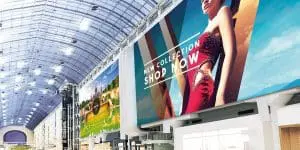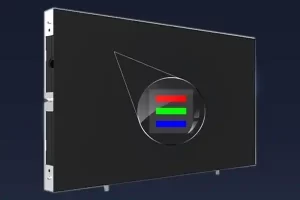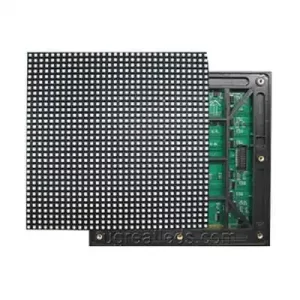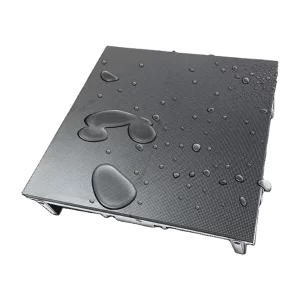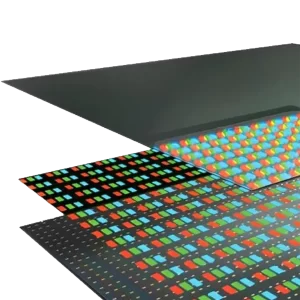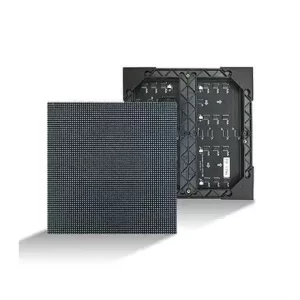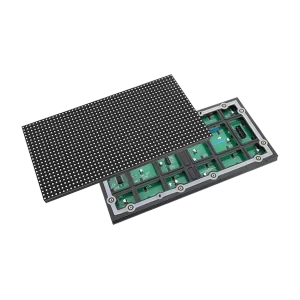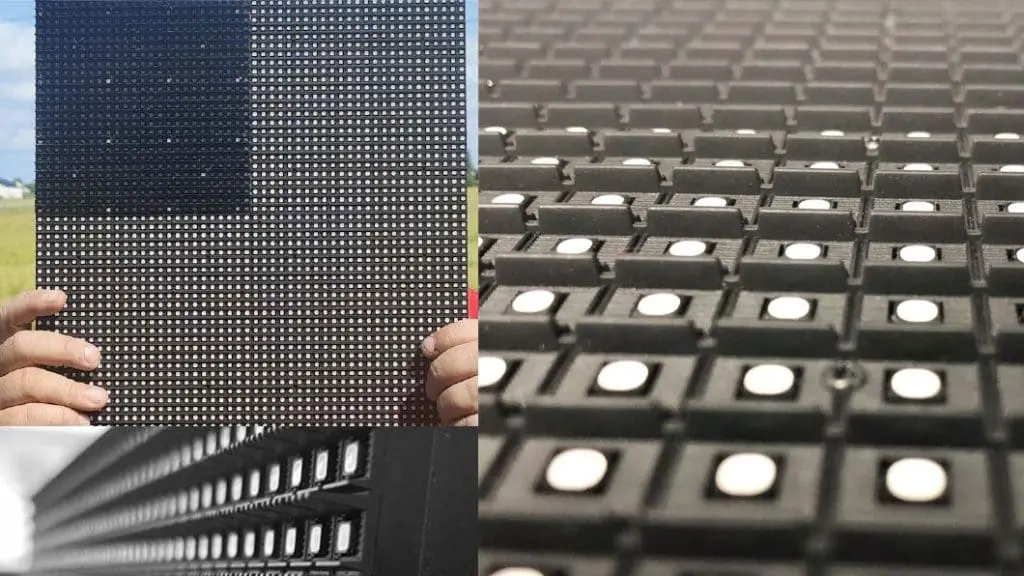
An LED display module is a versatile solution for creating high-quality digital screens. Its modular structure allows users to customize displays for various purposes, from advertising and events to architectural designs. With advanced technology, durability, and energy efficiency, LED modules provide businesses with an effective way to communicate visually.
This guide will explore the features, benefits, and applications of LED modules while providing tips for optimizing your display for maximum impact.
What Is an LED Display Module?
An LED display module is a small panel that contains a grid of light-emitting diodes, a circuit board, and control components. These panels can be seamlessly connected to form screens of any size or shape. Used in both indoor and outdoor environments, LED modules are known for their adaptability, brightness, and ability to deliver vibrant visuals.
Features of LED Modules
-
Modular Design
- Enables customization of screen size and shape.
- Ideal for creating both standard rectangular screens and unique configurations like curved or cylindrical designs.
-
High Brightness and Clarity
- Provides excellent visibility in various lighting conditions, from indoor spaces to outdoor sunlight.
- Fine pixel pitch options ensure high-definition content for close and distant viewing.
-
Durable Construction
- Built with strong materials to withstand wear and tear.
- Outdoor modules are weatherproof and rated for water and dust resistance (e.g., IP65).
-
Energy Efficiency
- Consumes less power while maintaining superior brightness, reducing operational costs.
-
Easy Maintenance
- Individual panels can be replaced or repaired without affecting the rest of the display.
Why Choose LED Modules for Your Display?
1. Customization and Flexibility
The modular structure of LED panels allows users to design screens that suit their specific needs. Whether you need a curved installation for an event or a large billboard for advertising, LED modules can adapt to the task.
2. High-Quality Visual Impact
LED Screen modules provide sharp and vibrant images, ensuring that your content looks professional and engaging. Adjustable brightness levels make them suitable for both indoor and outdoor environments.
3. Scalability
As your requirements grow, you can expand your display by adding more modules. This makes LED technology a future-proof investment for businesses.
4. Long-Term Reliability
LED Module are designed for durability, offering consistent performance over time with minimal maintenance.
5. Versatile Applications
From retail stores and live events to corporate settings and public spaces, LED modules are a versatile solution for a wide range of industries.
Applications of LED Screen Modules
1. Advertising and Retail
- Billboards: Outdoor LED panels are ideal for displaying advertisements in high-traffic locations.
- Store Displays: Indoor modules can showcase promotions or highlight products with sharp visuals.
2. Live Events and Entertainment
- Concerts: Use LED walls to create dynamic stage backdrops.
- Trade Shows: Attract attention with vibrant and customizable display designs.
3. Corporate Environments
- Conference Rooms: Presentations and video content look professional and clear on LED screens.
- Lobby Displays: Highlight branding or important announcements in corporate spaces.
4. Public Information Systems
- Transportation: Airports and train stations use LED screens for schedules and announcements.
- Smart Cities: Provide public updates or advertisements on digital kiosks and outdoor signage.
5. Architectural and Creative Designs
- Building Facades: Add dynamic visuals to exterior walls with weather-resistant LED panels.
- Interior Features: Use flexible LED modules for artistic or functional displays in modern spaces.
How to Choose the Right LED Screen Panel
1. Pixel Pitch
Pixel pitch determines the resolution of an LED screen.
- Fine Pitch (P0.6–P2.5): Best for indoor displays viewed up close, such as retail or conference rooms.
- Medium Pitch (P3–P4): Ideal for medium viewing distances, such as event backdrops or trade show booths.
- Wide Pitch (P5+): Suitable for outdoor billboards or large-scale displays.
2. Brightness Requirements
- Indoor Modules: Brightness levels of 800–1,500 nits are sufficient.
- Outdoor Modules: Require at least 5,000 nits to remain visible in direct sunlight.
3. Durability
Outdoor panels should have a high IP rating (e.g., IP67) for protection against water, dust, and other environmental factors.
4. Size and Configuration
- Measure the available space and choose a layout that fits seamlessly. Modular panels can be configured into flat or curved shapes for creative installations.
5. Budget Planning
While higher-quality panels may require a larger initial investment, they often provide better performance and durability, resulting in long-term savings.
Cost of LED Screen Modules
The cost of an LED module depends on its specifications, including pixel pitch, brightness, and durability. Here’s a general breakdown:
| Type | Pixel Pitch | Estimated Cost (Per m²) |
|---|---|---|
| Indoor Module | P0.6–P3 | $500–$3,000 |
| Outdoor Module | P3–P5 | $600–$1,000 |
| Transparent Module | P3.9–P10.4 | $500–$2,000 |
| Flexible Module | P1.2–P4 | $700–$2,000 |










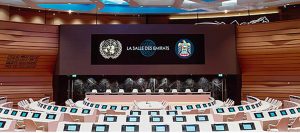
-e1693945635665-300x226.jpg.webp)
